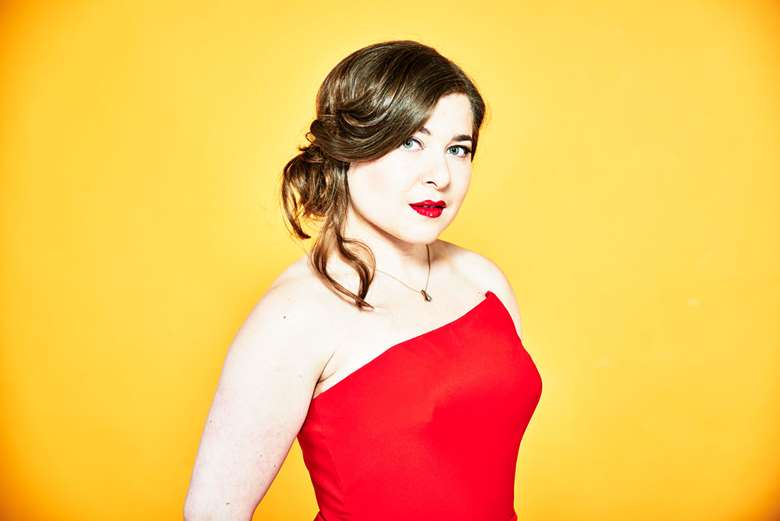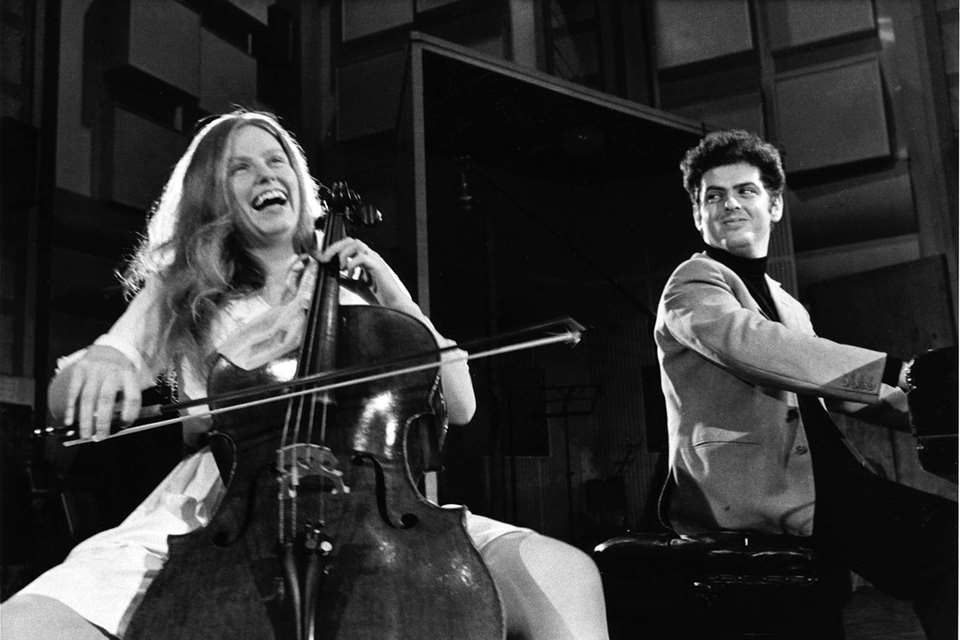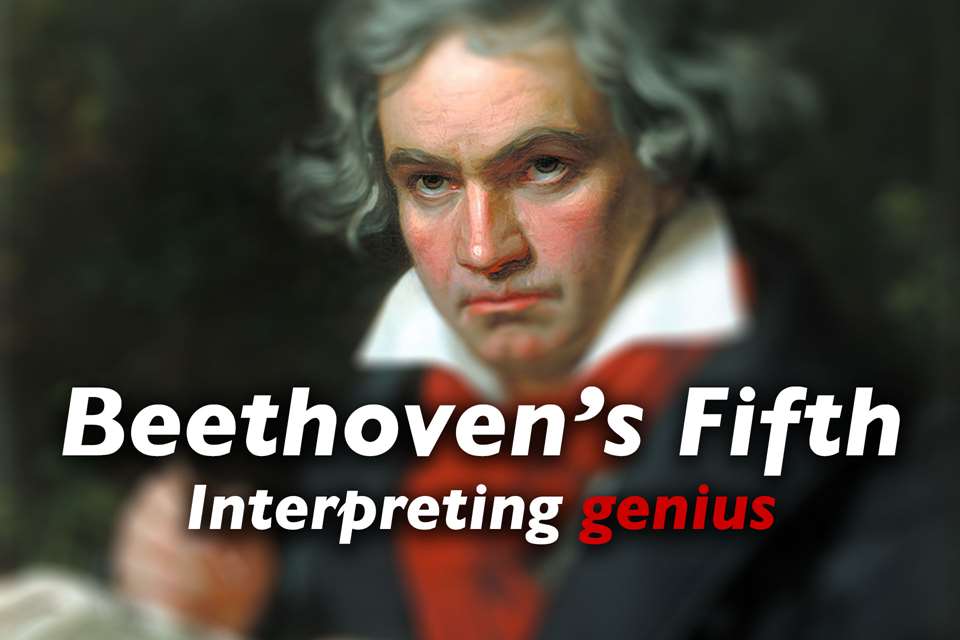Alisa Weilerstein on finding a fresh approach to Beethoven’s cello sonatas
Andrew Farach-Colton
Monday, May 23, 2022
For her new Beethoven cello sonatas album, Alisa Weilerstein has absorbed other interpretations before throwing it all away to find her own path

Register now to continue reading
Thanks for exploring the Gramophone website. Sign up for a free account today to enjoy the following benefits:
- Free access to 3 subscriber-only articles per month
- Unlimited access to our news, podcasts and awards pages
- Free weekly email newsletter










